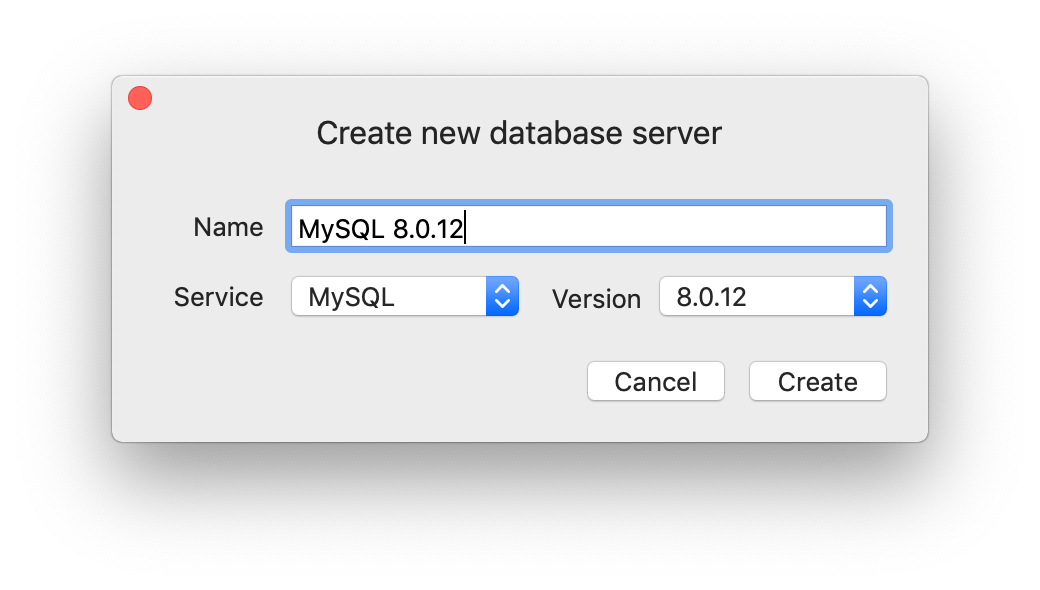Redis uses a standard practice for its versioning: major.minor.patchlevel. An even minor marks a stable release, like 1.2, 2.0, 2.2, 2.4, 2.6, 2.8. Odd minors are used for unstable releases, for example 2.9.x releases are the unstable versions of what will be Redis 3.0 once stable.
Brew redis on Mac Redis is a robust in-memory datastore widely used as cache, pub/sub (message broker) for further reading. Installing Redis on mac There are many options to install Redis on mac you can Download the code and compile it or use a docker image. I prefer using Homebrew to install and manage Redis on mac. It is also easy to uninstall Redis using brew. The Redis client command allows to inspect the state of every connected client, to kill a specific client, to set names to connections. It is a very powerful debugging tool if you use Redis at scale. CLIENT LIST is used in order to obtain a list of connected clients and their state.
Unstable
This is where all the development happens. Only for hard-core hackers. Use only if you need to test the latest features or performance improvements. This is going to be the next Redis release in a few months.Pre-release (6.2)
Redis 6.2 includes many new commands and improvements, but no big features. It mainly makes Redis more complete and addresses issues that have been requested by many users frequently or for a long time.Stable (6.0)
Redis 6.0 introduces SSL, the new RESP3 protocol, ACLs, client side caching, diskless replicas, I/O threads, faster RDB loading, new modules APIs and many more improvements.Docker Hub
It is possible to get Docker images of Redis from the Docker Hub. Multiple versions are available, usually updated in a short time after a new release is available.In the Cloud
Get a free-for-life Redis instance with Redis Cloud Essentials from Redis Labs, the home of Redis.
- Mac安装Redis可视化工具-Redis Desktop Manager.
- Redis Desktop GUI Client. RDBTools is a full-featured Desktop GUI client for Windows, Linux and Mac. RDBTools offers the following features - Easy to use browser based interface to search keys, view and edit data; Only GUI tool to support Redis Cluster; Supports SSL/TLS based connections; Run Memory Analysis; Install RDBTools on your Desktop.
*Other versions
Old (5.0)
Redis 5.0 is the first version of Redis to introduce the new stream data type with consumer groups, sorted sets blocking pop operations, LFU/LRU info in RDB, Cluster manager inside redis-cli, active defragmentation V2, HyperLogLogs improvements and many other improvements. Redis 5 was release as GA in October 2018.


Redis Cli Client Mac
See the release notes or download 5.0.10.*Other
Historical downloads are still available on https://download.redis.io/.Scripts and other automatic downloads can easily access the tarball of the latest Redis stable version at https://download.redis.io/redis-stable.tar.gz, and its respective SHA256 sum at https://download.redis.io/redis-stable.tar.gz.SHA256SUM. The source code of the latest stable release is always browsable here, use the file src/version.h in order to extract the version in an automatic way.
*How to verify files for integrity
The Github repository redis-hashes contains a README file with SHA1 digests of released tarball archives. Note: the generic redis-stable.tar.gz tarball does not match any hash because it is modified to untar to the redis-stable directory.
*Installation
*From source code
Download, extract and compile Redis with:
The binaries that are now compiled are available in the src directory. Run Redis with:
You can interact with Redis using the built-in client:
*From the official Ubuntu PPA
You can install the latest stable version of Redis from the redislabs/redis package repository. Add the repository to the apt index, update it and install:

*From Snapcraft
You can install the latest stable version of Redis from the Snapcraft marketplace:
Redis Client Mac Os X
Are you new to Redis? Try our online, interactive tutorial.
Comments are closed.